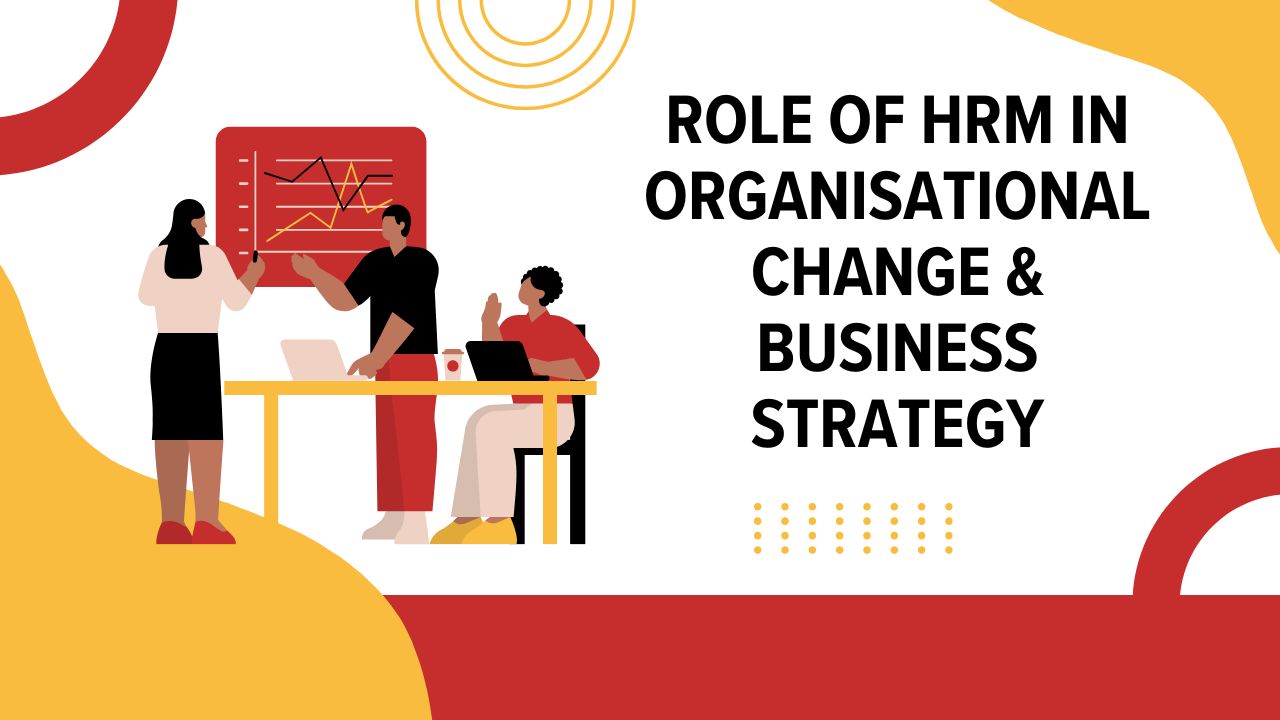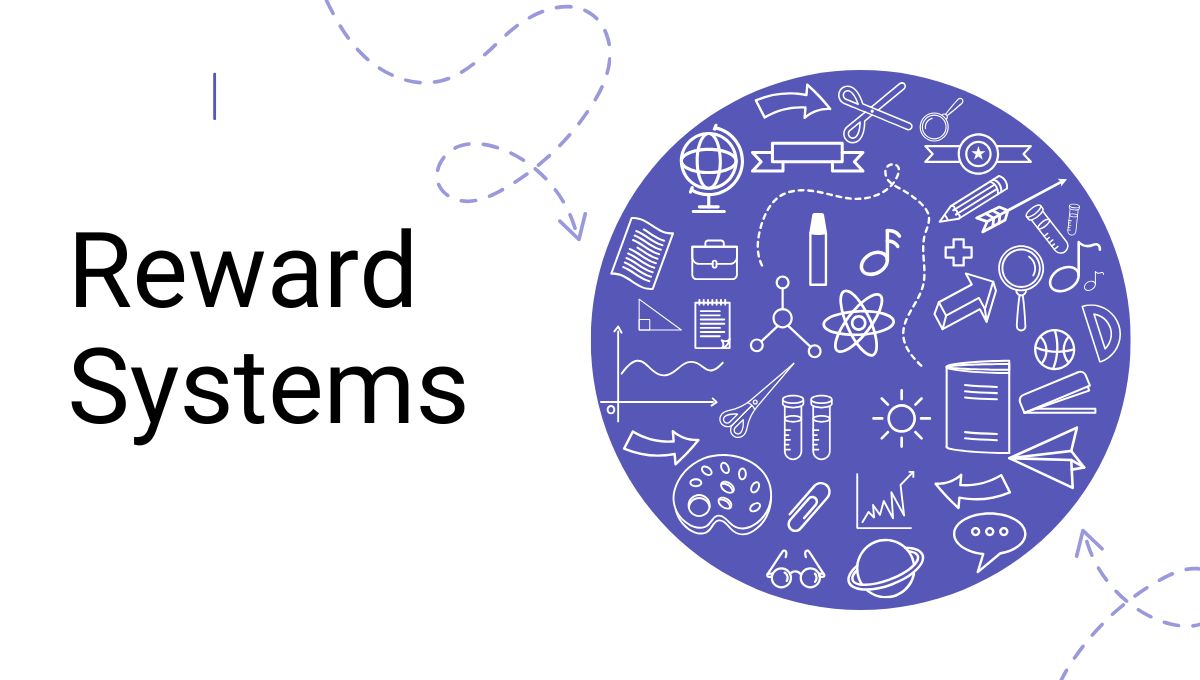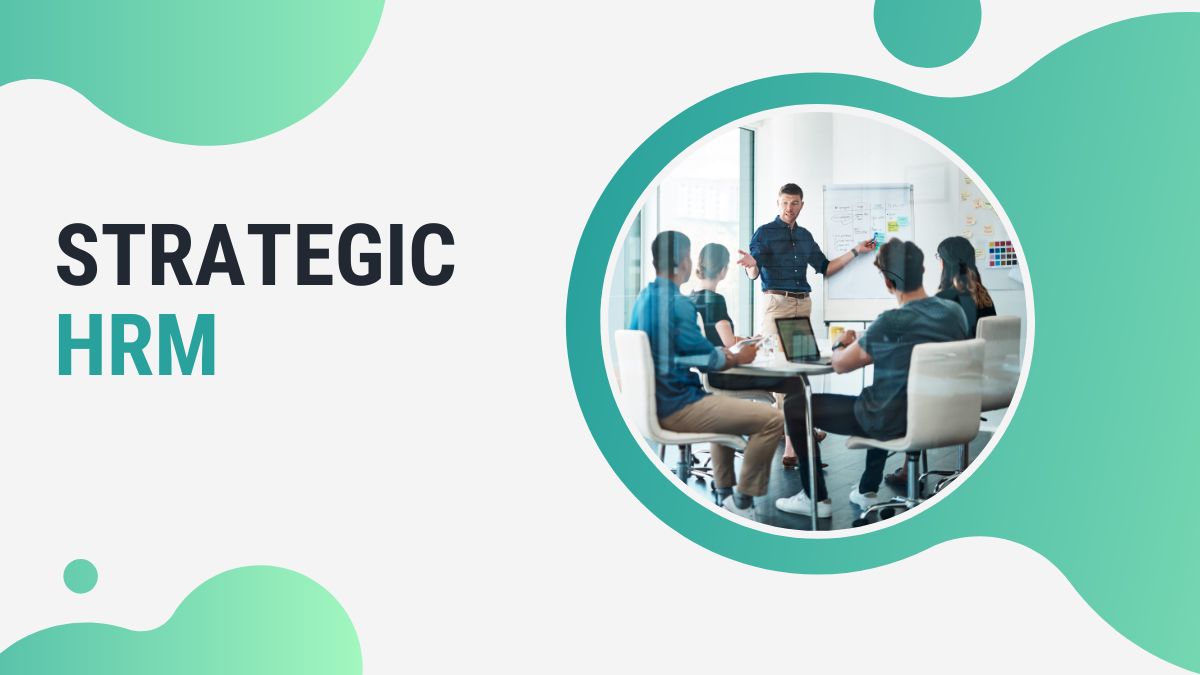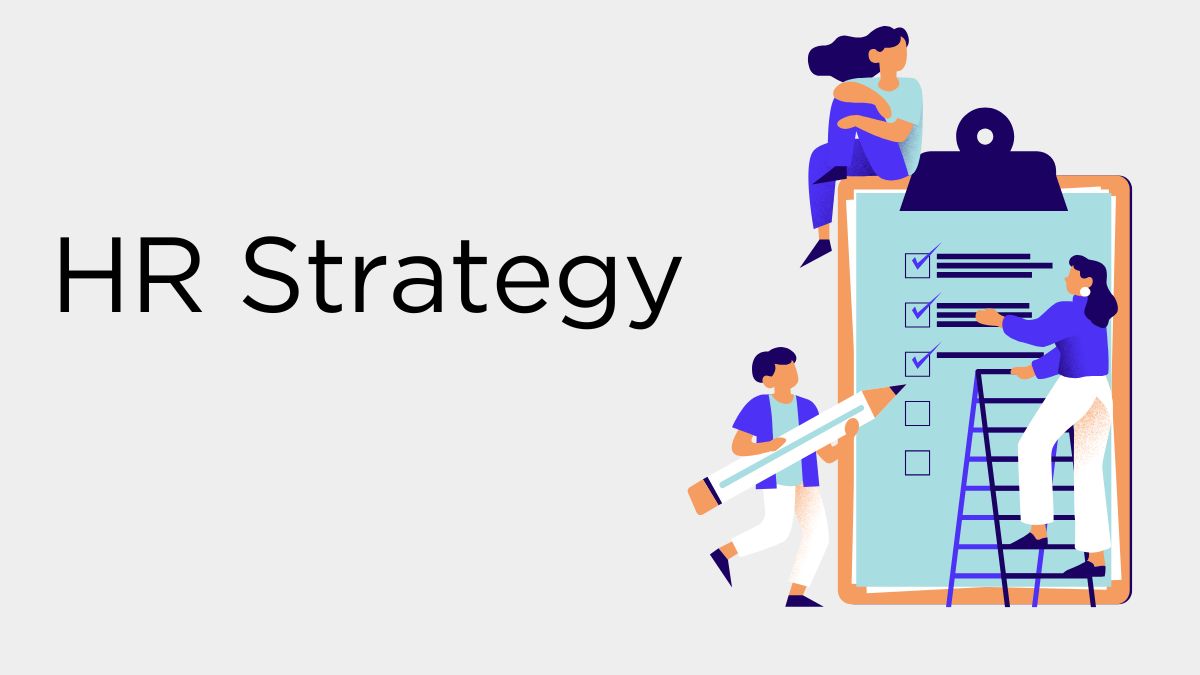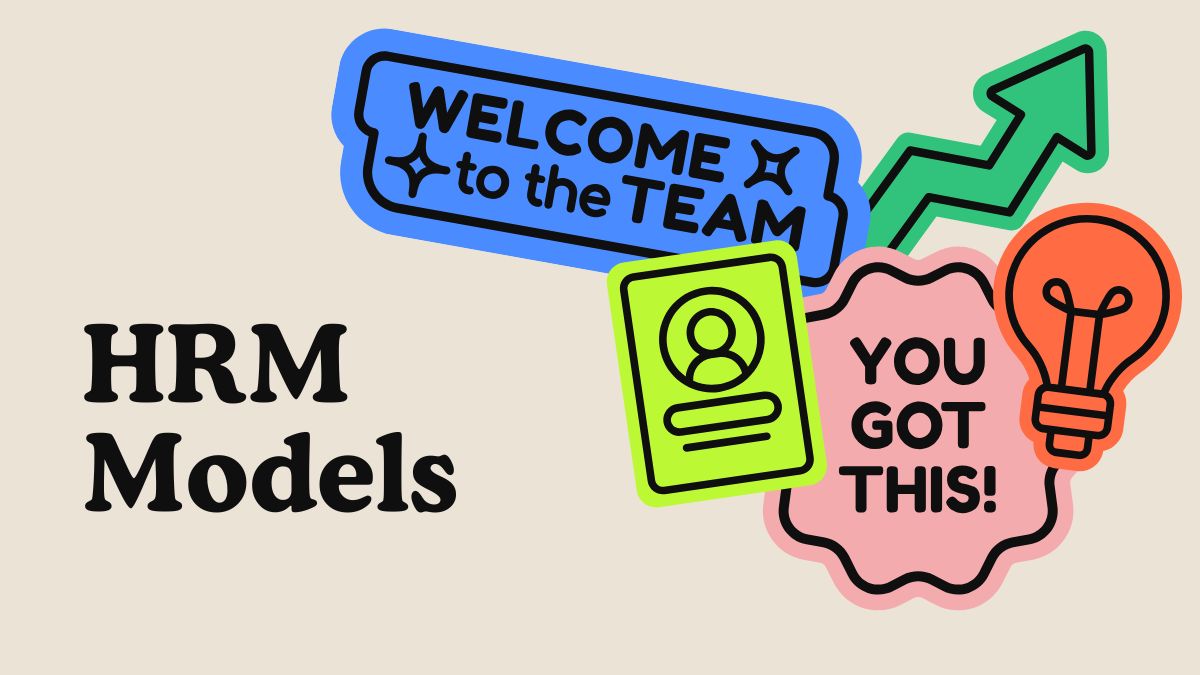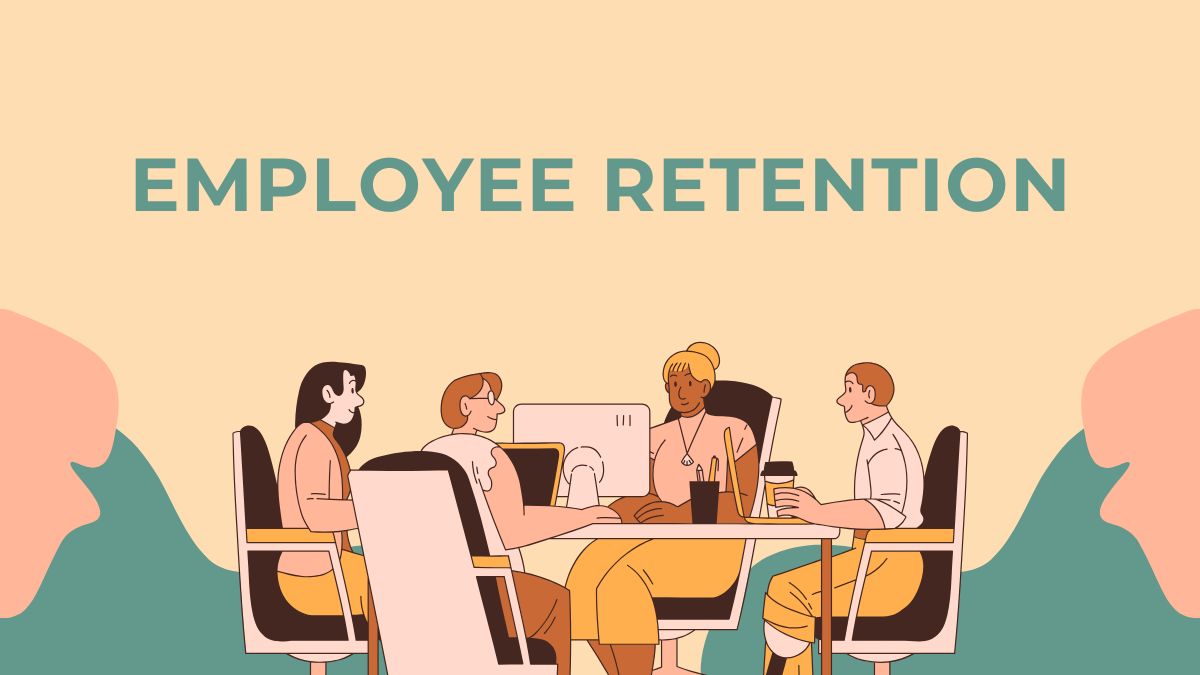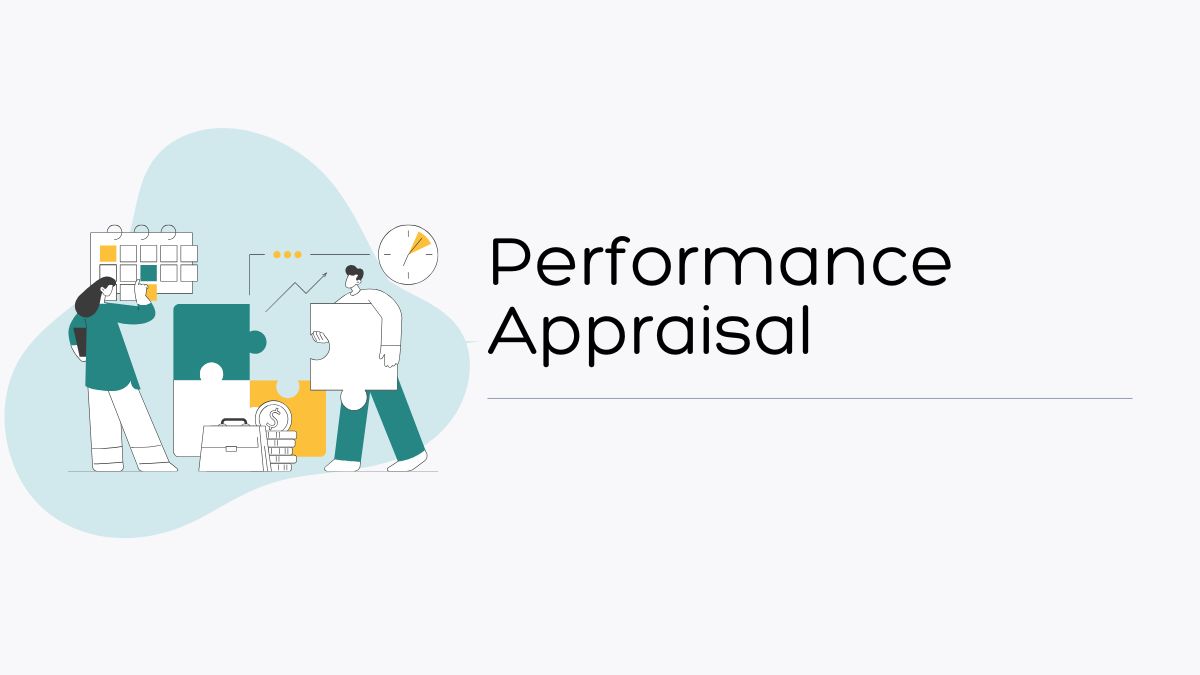Standing still is not an option in or for business. Change is always lurking around the corner. Markets shift, people come and go, priorities move, and sometimes, the entire structure of an organisation is turned on its head.
While it may sound dramatic, it’s actually quite common. I’ve been through my fair share of restructures and leadership changes, and if there’s one thing I’ve learnt, it’s this – you can’t pull off any real transformation without your people on board. And the team responsible for making that happen? HR.
But, don’t confuse the role of HRM with just hiring and payroll. That’s an old-school take.
It is deeply tied to how well a company adapts to change. And more importantly, how it survives and grows through it.
Before we go further, if you’re serious about working in HR or want to move into strategic roles, have a look at the HR Analytics course. This programme sharpened my ability to use workforce data for better decision-making, especially during change-heavy periods like restructuring and growth phases.
The Role of HRM – Beyond Hiring
When asked about the role of HRM in organisation, my usual answer is that HR touches everything. It encompasses everything from hiring, dealing with performance issues, and building training programmes to sorting out employee-employer problems. HR is in the thick of it all.
But in the middle of organisational change, the role of HRM becomes even more central. It’s no longer just about keeping operations going; it’s about keeping the workforce grounded.
Here’s what that looks like in practice:
- Acquiring and Retaining the Right Fits: Because you can’t manage change without the right people in the room.
- Performance Management: Aligning employee performance with business objectives.
- Training and Development: Upskilling employees to stay updated.
- Employee Engagement: Building a work environment where people feel valued and motivated.
Why HRM is Critical in Change Management
Good HRM practices make all the difference. They make things less chaotic and more predictable.
A solid HR team will:
- Keep communication lines open between leadership and staff.
- Make sure everyone understands their new role and responsibilities.
- Help leaders make people-related decisions with more clarity.
- Address concerns early, so small issues don’t snowball.
- Keep an eye on morale because unhappy teams lead to poor results.
The Strategic Role of HRM in Business Growth
One thing I’ve noticed over time is that the companies doing well usually have one thing in common—HR is treated as part of the business strategy, not just an admin function.
How HR Aligns with Business Goals
- Workforce Planning – Predicting future talent needs based on company growth.
- Training and Upskilling – Thinking ahead and equipping employees for roles that don’t even exist yet.
- Employee Retention – Reducing turnover by improving job satisfaction.
- Compliance and Ethics – Ensuring policies align with labour laws and regulations.
Data-Driven HR: The Role of HRM in Business Strategy
There was a time when HR was mostly about instincts – who seemed like a good hire, who looked like they might quit. That’s changed.
Right now, data is everything, even in HR. From identifying skills gaps to improving hiring timelines, HR analytics is everywhere, and it’s become essential.
Key HR Analytics Metrics Used in Business Strategy
| HR Metric | Purpose |
| Employee Turnover Rate | Shows where you’re losing people too fast |
| Time-to-Fill | Tells you how efficient your hiring process is |
| Productivity Scores | Helps link performance back to business outcomes |
| Training ROI | Measures whether learning programmes are actually helping |
Want to master these analytics? A good place to start is the HR Analytics Course.
Technology’s Impact on the Role of HRM in an Organisation
Technology has completely changed HR operations. From AI-driven recruitment to automated payroll, HR professionals today need to be tech-savvy.
Key Technologies Used in HRM
- Applicant Tracking Systems (ATS): Speeds up hiring by filtering resumes.
- HR Analytics Tools: Helps in decision-making with real-time data insights.
- Learning Management Systems (LMS): Makes training easier to roll out, especially to remote teams.
HRM’s Role in Helping Employees Cope With Change
Change is tough on employees. If handled poorly, it can lead to resistance, stress, and even resignations. That’s where HR has to show up, not just with systems but with empathy.
Ways HR Can Improve Employee Engagement
- Transparent Communication: Keep employees in the loop even when business is down.
- Offer Support: Provide mental health resources, training, career counselling.
- Data Integrity Issues: Keep HR data clean and updated, and use it ethically.
- Recognition and Rewards: Acknowledge hard work and loyalty.
Methods HR Uses to Measure Employee Sentiment
| Method | Benefit |
| Surveys | Direct feedback from employees. |
| Exit Interviews | Understand reasons for turnover. |
| Performance Reviews | Assess job satisfaction. |
Case Studies: Companies That Got HRM Right
- Microsoft: Successfully transitioned to a remote-first work model with strong HR support.
- Netflix: Created a flexible workforce built around trust. No micromanaging. High performance, but also high support.
- Google: Uses HR analytics for everything from improving team performance to spotting burnout risks early.
Recommended Resources
Here are a few reads and videos that enabled me to understand HR’s role in change management:
- What is the role of HR in change management? (oneAdvanced)
-
- Workforce Planning (CIPD)
Video Resources Worth Watching
- Upskilling in HR: From Junior HR Assistant to Tech-Savvy HR Professional
- 12 Years in Operations | My Shift to HR |
Conclusion
HRM is the strategy engine of any company undergoing change. It ensures employees stay engaged, businesses adapt smoothly, and operations continue without disruption. Data-driven HR is now the standard, and those with skills in HR analytics will have an edge in the job market.
If you’re looking to build a career in this space, check out the Certification Program in Human Resource Management and Analytics by IIT Roorkee. It’s designed to help professionals leverage HR analytics for better workforce management.
FAQs
- What’s HRM’s real job during change?
Keeping people steady when everything else is moving. HRM supports communication, redefines roles, and makes the shift smoother for everyone.
- How does HRM support business goals?
It makes sure you have the right people, with the right skills, in the right roles—and keeps them motivated.
- Why do we even need HR analytics?
Because gut feeling only takes you so far. With analytics, HR can make smarter decisions faster.
- Which HR tech should companies invest in?
Start with an ATS, add a decent LMS, and don’t sleep on HR analytics tools—they’re game changers.
- What’s one thing HR teams miss during change?
Transparent communication. Most of the panic comes from silence, not the change itself. - Where do I start if I want to learn HR analytics?
You can start with the Certification Program in Human Resource Management and Analytics, which covers essential HR analytics concepts.

